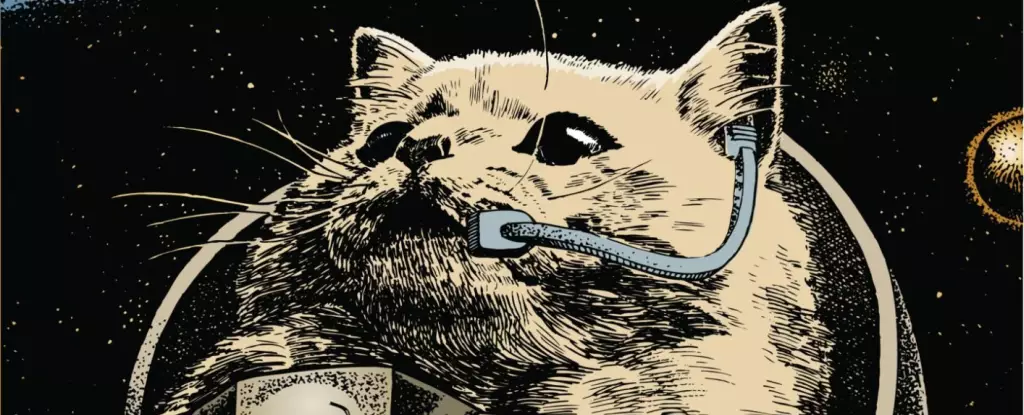Cats are often seen as mystical creatures with a magnificent blend of agility and grace. Their ability to leap, twist, and most importantly, to land safely on their feet after a fall has sparked curiosity and admiration across cultures and centuries. This phenomenon can be attributed not only to their physical structure but also to an intricate understanding of their surroundings. The exploration into how cats achieve this remarkable feat has led researchers down intriguing paths, influencing our broader understanding of motion and balance.
The anatomy of a cat is inherently designed for acrobatics. With flexible spines, an inner ear structure sensitive to changes in position, and the ability to rotate their bodies mid-fall, they are biological marvels. When a cat falls, it instinctively flexes its spine and extends its legs, allowing it to right itself and prepare for landing. This unique ability is a part of what is commonly referred to as the “cat righting reflex.” This reflex can be observed when a cat tumbles from a height as it instantly adjusts to avoid serious injury.
The keen observation of a cat’s movements during a fall began in earnest with the advent of chronophotography in the late 19th century. Pioneering studies, such as those conducted by French scientist Étienne-Jules Marey, highlighted these acrobatic twists and turns. These early photographic experiments provided visual evidence of the dextral maneuverability of cats, sparking further scientific inquiry into their extraordinary abilities.
Researchers have long been intrigued by the capabilities of cats, especially in regards to their ability to navigate extreme environments. A particularly captivating study involved the application of parabolic flight—a method utilized to simulate weightlessness—to observe how a cat would react when it could not differentiate between orientation in space. The infamous “vomit comet,” a nickname for the aircraft used during parabolic flight, served as an effective platform for this research.
As scientists introduced cats into this challenging scenario, they found that the animals displayed disorientation yet managed to retain some degree of instinctual reflexes. The experimental conditions offered insights into the role of the otolith organ, a critical component in our inner ear that helps with balance and spatial orientation. Though the cats appeared to struggle under weightlessness, the sheer fact that they attempted to orient themselves underscored the resilience and adaptability that build their reputation for grace.
The fascination with feline physiology did not stop with merely observing cats. Research stemming from these experiments has had far-reaching implications, especially in understanding human navigation and movement in challenging environments. Findings from the studies conducted on cats were later applied to astronaut training, as the need for individuals to orient themselves in microgravity became clear.
By employing mathematical models derived from the movement of cats in freefall, scientists gained valuable insights into how humans might react similarly. Observations and experiments conducted with human participants imitating feline movements ultimately informed how astronauts are trained for the peculiarities of space. Such adaptability not only highlights the cleverness of scientific inquiry but the practical applications that can arise from observing nature.
As we look ahead, the potential for cats to play roles in space exploration continues to spark imaginations. While it might seem far-fetched to envision felines exploring the cosmos, the principles gleaned from their acrobatics could guide future endeavors. If one were to seriously consider sending cats into space, the unpredictability of their behavior could likely yield unforeseen discoveries, much like the unconventional scientific paths followed in understanding their gravitational prowess.
The enigmatic ability of cats to land on their feet is far more than mere folklore; it is a showcase of remarkable anatomical adaptations and an area of scientific exploration. Through observing these creatures, researchers have honed their understanding of balance, movement, and the potential for such studies to inform broader fields, from aviation to space travel. Cats are not just charming companions; they are also subjects of endless curiosity and potential discovery.


Leave a Reply